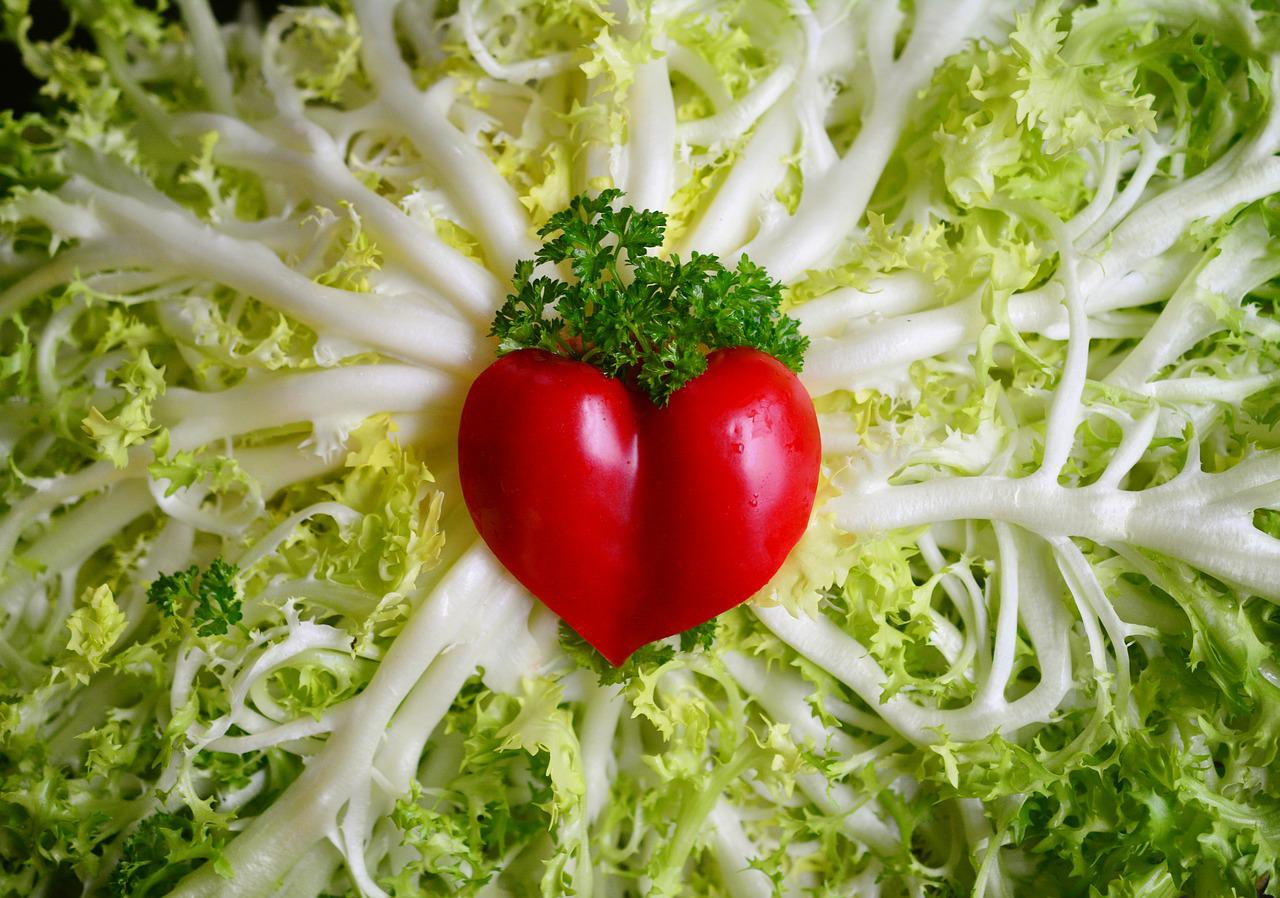
There's no doubt that regular physical activity boosts your metabolism. The human body uses food to produce energy and removes waste. These substances are called metabolites. These substances signal to your body that you are exercising. Researchers analyzed the blood levels of 200 different substances in 52 subjects. The levels of these metabolites were linked to changes in fitness and weight. These surprising results suggest that regular exercise can boost your metabolism.
Exercise can not only increase metabolism but also have many other benefits. Cardiovascular exercise improves your heart rate, lowers your body fat, and reduces your body's overall weight. You will also feel fuller after exercising. Aerobic exercise can help increase metabolism. Strength training can help you lose weight. This method will make your muscles bigger and stronger. But remember: do not overdo it. There are no quick fixes for a slow metabolism.

Exercise boosts your metabolism, and can help you lose weight fast. Exercise also increases muscle mass which burns more calories than fat. Although regular exercisers may only gain a few more pounds, this doesn't mean that they can boost their metabolism. Muscle mass doesn't have any effect on weight. The main reason why strength training can increase your metabolism is that it helps you build lean muscles. This may sound like a obvious benefit but it is crucial to have a balance of both types of muscles.
While your diet and lifestyle can influence your metabolism, exercise is a surefire way to raise it. Those who have a high body fat percentage have a slower metabolic rate than those who have more lean muscle mass. This is because muscles burn more calories than those with fat. Also, adding muscle to your physique will increase your RMR. This means your body can convert more food to energy. Your metabolism will accelerate the longer you exercise.
Exercise can boost your metabolism and help your heart. Regular physical activity is proven to lower cholesterol and prevent high blood pressure and heart disease. You can improve your cardiovascular fitness and help with a range of health conditions, including heart issues. You can burn more calories by increasing your activity. You can increase your metabolism by increasing your energy.

While strength training doesn't increase your metabolic rate as much as cardio, it boosts it for 14 hours. Furthermore, muscle burns far more calories than fat. Building muscle is an excellent way for you to increase your metabolic rate. Exercise is not the only way to lose weight. It is also important to eat nutritious food. Your metabolism will increase if you eat more protein-rich meals. You may find some of these foods beneficial for your overall well-being.
FAQ
Why does weight change as we age?
How can you tell if your bodyweight has changed?
When there is more muscle mass than fat, weight loss can occur. This means that you must consume more calories than you use daily. Activity levels are the most common reason for weight loss. Other factors include stress, illness and pregnancy. If there is more body fat than muscle mass, then weight gain can occur. This happens when people consume more calories than they burn during the day. Overeating, increased physical activity and hormonal changes are all common reasons.
The main reason why our bodies lose weight is because we consume fewer calories than we burn. The main reason we lose weight is because we exercise more often. This increases our metabolism rate and burns more calories each day. This does not necessarily mean that we will get thinner. What is more important is whether or not our body is losing or gaining weight. If we are burning more calories than what we eat, then we will lose weight. If we consume more calories that we burn, we are actually storing them in fat.
As we age we tend to be slower in moving and thus we don't move nearly as much. We also tend not to eat as much food as we used to when we were younger. As a result, we gain weight. We also tend to look larger because we have more muscle.
It's not possible to measure how much weight your body has lost without weighing yourself every week. There are many ways to determine your weight. You can measure your waist, hips and thighs as well as your arms. Some people prefer to use bathroom scales while others like to use tape measures.
Track your progress by measuring your waistline and weighing yourself every week. You can also take photos of your self every few months to track how far you've come.
You can also look up your height, weight and body measurements online to determine how much you weigh. You'd likely weigh 180 pounds if you were 5'10 tall and 180 pounds if you were 180lbs.
What is the difference in fat and sugar?
Fat is an important energy source, which comes from food. Sugar is a sweet, naturally occurring substance in fruits and vegetables. Both fats and sugars provide the same number of calories. But, fats have more calories than sugars.
Fats are stored in the body and contribute to obesity. They can cause cholesterol buildup, which can lead you to heart attacks and strokes.
Sugars can be quickly absorbed by your body and give you instant energy. This causes blood glucose levels rise. High blood glucose levels can lead to type II diabetes.
How can I live the best life possible every day?
Finding out what makes your heart happy is the first step to living a fulfilled life. Once you have a clear understanding of what makes you happy you can go backwards. Asking other people how they live their best lives every day is also a good idea.
Dr. Wayne Dyer's book "How to Live Your Best Life" is also available. He speaks about happiness and fulfillment in all areas of life.
What are 7 tips for a healthy and happy life?
-
You should eat right
-
Exercise regularly
-
Sleep well
-
Drink lots of water
-
Get enough rest
-
Be happy
-
Smile often
How often should I exercise?
It is important to exercise for a healthy lifestyle. There is no set time limit for exercising. Find something you like and stay with it.
If you are working out three times a weeks, aim to do 20-30 minute of moderate intensity. Moderate intensity means that you will still be working hard even after your workout is over. This type of workout burns around 300 calories.
Walk for at least 10 minutes four days a weeks if you prefer walking. Walking is low-impact and easy on the joints.
Jogging for 15 minutes three days a week is a good option if you prefer to run. Running is a great exercise to build muscle tone and burn excess calories.
If you're not used to exercising, start slowly. Start by doing 5 minutes of cardio each day, a few times per week. Gradually increase the duration until you reach your goal.
What should I eat?
Consume lots of fruits, vegetables. These fruits and vegetables are high in vitamins, minerals, which can help you keep your immune systems strong. Also, fruits and vegetables are rich in fiber. This makes them filling as well as helping with digestion. Include at least five portions of fruit and vegetables per day.
Make sure you drink plenty of water too. Water flushes toxins out of the body and helps to feel full between meals. Drink about eight glasses each day.
Consume whole grains and not refined. Whole grains contain all of their nutrients, including B vitamins and iron. Refined grains lack some nutrition.
Sugary drinks are best avoided. Sugary drinks have empty calories and are a major contributor to obesity. Instead, opt for water, milk, or unsweetened tea.
Avoid fast food. Fast food has very low nutritional value. It may taste great but it won't give you the energy you need to function properly. Instead, stick to healthier options such salads and soups as well sandwiches and pasta.
Limit your alcohol consumption. Alcohol is a poor nutrient and has empty calories. Limit your intake to two alcoholic drinks per week.
Try to cut down on red meat. Red meats are high-in saturated fat and cholesterol. Lean cuts of beef or pork, lamb and chicken, as well as fish, are better choices.
How can I lower my blood pressure
The first thing you need to do is find out what causes high blood pressure. Next, you will need to determine what is causing high blood pressure. This could include eating less salt, losing weight if necessary, taking medication, etc.
Exercise is also important. Walking is a great alternative if you don't have the time or energy to exercise regularly.
If you're not happy with how much exercise you're doing, then you should consider joining a gym. It's likely that you will want to join a gym with other people who are working towards the same goals as you. It is easier to adhere to a fitness routine when someone else will be there with you.
Statistics
- nutrients.[17]X Research sourceWhole grains to try include: 100% whole wheat pasta and bread, brown rice, whole grain oats, farro, millet, quinoa, and barley. (wikihow.com)
- WHO recommends consuming less than 5% of total energy intake for additional health benefits. (who.int)
- According to the Physical Activity Guidelines for Americans, we should strive for at least 150 minutes of moderate intensity activity each week (54Trusted Source Smoking, harmful use of drugs, and alcohol abuse can all seriously negatively affect your health. (healthline.com)
- The Dietary Guidelines for Americans recommend keeping added sugar intake below 10% of your daily calorie intake, while the World Health Organization recommends slashing added sugars to 5% or less of your daily calories for optimal health (59Trusted (healthline.com)
External Links
How To
What does the word "vitamin" mean?
Vitamins are organic compounds naturally found in food. Vitamins aid us in absorbing nutrients from the food we eat. Vitamins cannot be produced by the body. They must be acquired from food.
There are two types if vitamins: water soluble, and fat soluble. Water-soluble vitamins dissolve in water easily. These include vitamin C (thiamine), Vitamin B1 (riboflavin), Vitamin B2 (riboflavin), Vitamin B3 (niacin), Vitamin B6 (pyridoxine), Vitamin C, B1 (thiamine), Vitamin B2 (riboflavin), Vitamin B3 (niacin), and Vitamin B6 (pyridoxine). Fat-soluble vitamins are stored in the liver, fatty tissue and kidneys. Examples include vitamin D, E, K, A, and beta carotene.
Vitamins can be classified according to biological activity. There are eight major types of vitamins:
-
A - Vital for normal growth and maintaining good health.
-
C - essential for nerve function and energy generation.
-
D - Essential for healthy teeth and bones.
-
E is necessary for good vision, reproduction.
-
K - Essential for healthy muscles and nerves.
-
P - Vital for strong bones and teeth.
-
Q – aids digestion of iron and iron absorption
-
R is required for the production of red blood cells.
The recommended daily allowance (RDA), for vitamins, varies depending upon age, gender, or physical condition. RDA values are set by the U.S. Food and Drug Administration (FDA).
For adults over 19 years, the RDA is 400 mg per day for vitamin A. For fetal development, pregnant women need 600 mg per day. Children ages 1-8 require 900 micrograms per day. Infants under one year of age require 700 micrograms per day, but this amount decreases to 500 micrograms per day between 9 months and 12 months of age.
Children aged between 1-18 years require 800 micrograms of sugar per day, while overweight children need 1000 micrograms. Children who are underweight receive 1200 micrograms every day to meet their nutritional requirements.
Children ages 4-8 years who have been diagnosed with anemia need 2200 micrograms per day of vitamin C.
2000 micrograms are required daily for good health in adults over 50. Due to their increased nutrient needs, pregnant and breastfeeding women need 3000 micrograms daily.
1500 micrograms are required daily by adults over 70 because they lose approximately 10% of their muscle each decade.
Women who are pregnant or lactating need more than the RDA. Pregnant and breastfeeding women require 4000 micrograms each day during pregnancy and 2500 Micrograms each day after delivery. Breastfeeding mothers need to consume 5000 micrograms every day when breastmilk has been produced.